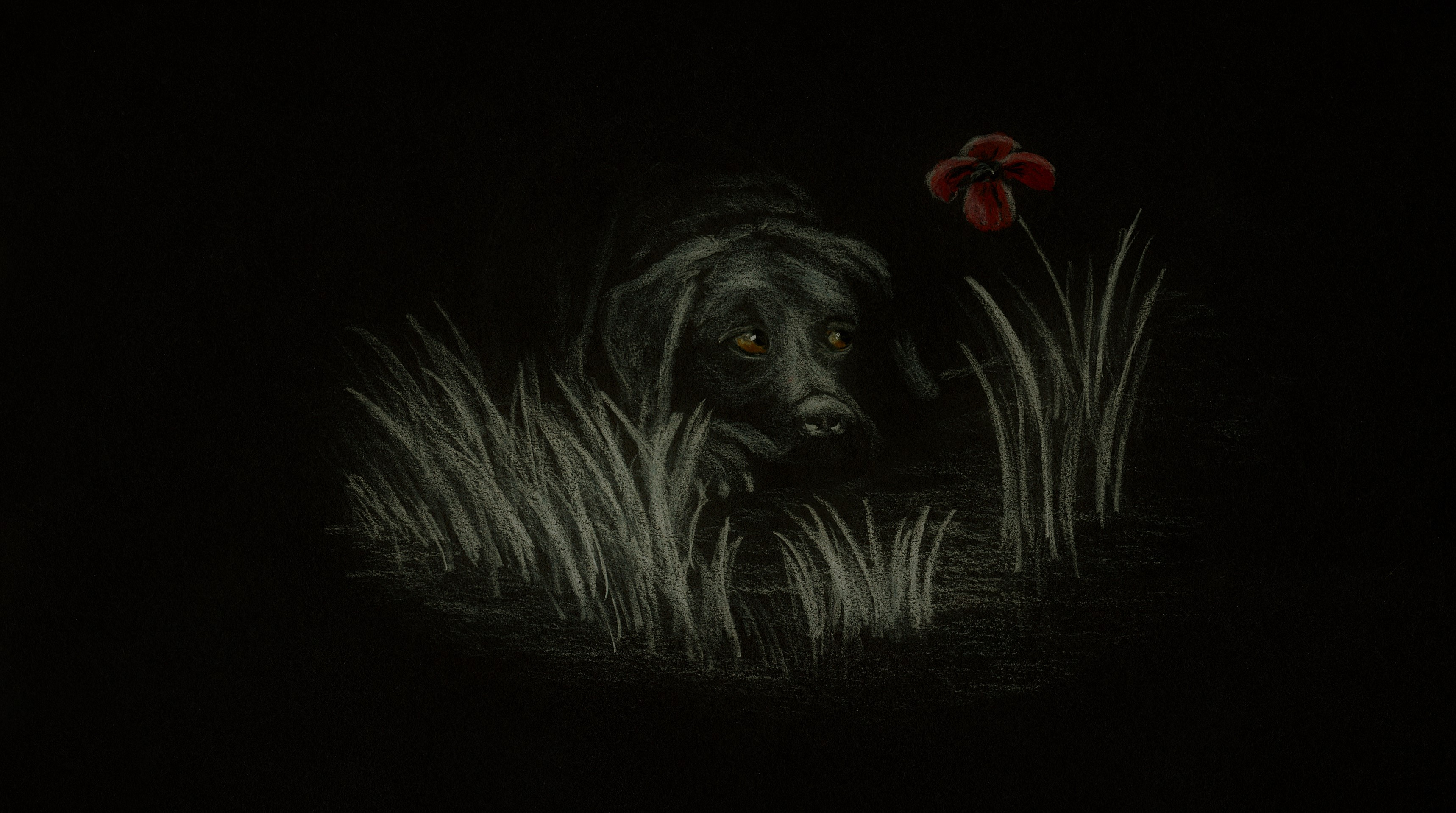Pricing Artwork Posted on 19 Jul 13:44
Quite an interesting article...Daves' work stacks up quite well going by this! 1. Over 60,000 followers!, 2. 'Miss you too mate' has been shared over 10,000 times!, 3. Our prints are Fine Art Giclée prints, produced by a printer who was one of the first to perfect the process!, 4. Dave has just announced that he will be varying edition sizes of his work (from 200 down to as little as 5 prints in some cases - without increasing prices!, 5. Comparing to a competitor who paints similar themes, but has a significantly smaller following, Daves' Giclée prints are a quarter of the price that the competitor charges! 6. Although Dave has only been painting for 30 months, he's already sold over 200 original paintings and hundreds of giclée prints! All in all very happy!
Pricing Artwork
The prices of art, both original and reproduction prints, is a complex issue. Many variants must be considered when arriving at pricing. They include (but are not exclusive to) the following factors:
1. The popularity of the artist. An artist who has a following of 5,000 fans will generally be able to command higher prices than an artist who only has 2,500 followers.
2. The popularity of the painting. If a particular painting has received critical acclaim or is lauded in artistic circles, shared around social media, etc, it will generally indicate that collectors would be willing to pay more for it, than say a similar piece by an artist of similar standing, whose painting has not been as popular.
3. The print quality/size. Generally, the higher quality a print is, the higher the price. A fine art giclée print will cost more to produce, so can therefore realistically be priced higher than a standard print. (A giclée print is a print produced using a digital process incorporating archival inks, which have a high resistance to fading).
4. The edition size. The general rule is that a smaller edition run will be inherently worth more than a large one due to its scarcity. Collectors will feel more inclined to pay more for a print from a run of 50 reproductions than they would for a print from a run of 500.
5. Comparability. The artists work should be compared with the work of similar artists, who if possible produce work of a similar nature, when trying to arrive at a suitable pricing strategy for their work.
6. The artists track record. If an artist regularly sells their work, in original or print format, the collector will feel more inclined to invest in a piece too. An artist who has painted 50 creations but never sold one would be less likely to demand the same return as an artist who has created 150 pieces and sold 100 of them. They both have 50 paintings for sale, but only one of them has a proven 'track record'.
